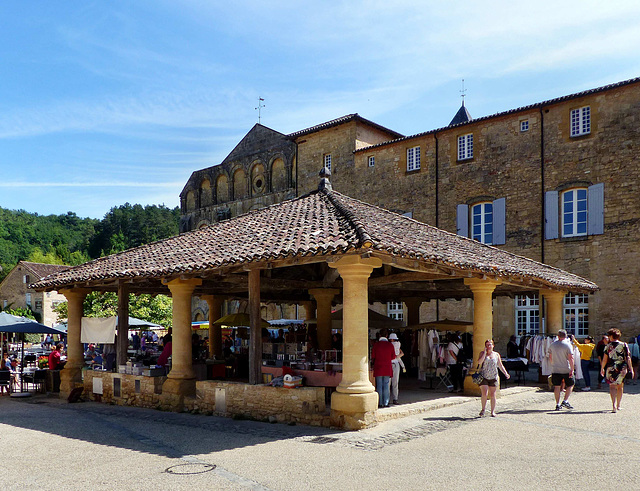Abbaye de Cadouin
Abbaye de Cadouin
Abbaye de Cadouin
Abbaye de Cadouin
Abbaye de Cadouin
Abbaye de Cadouin
Abbaye de Cadouin
Abbaye de Cadouin
Abbaye de Cadouin
Abbaye de Cadouin
Abbaye de Cadouin
Abbaye de Cadouin
Abbaye de Cadouin
Abbaye de Cadouin
Beaumont-du-Périgord
Beaumont-du-Périgord - Saint-Laurent-et-Saint-Fron…
Beaumont-du-Périgord - Saint-Laurent-et-Saint-Fron…
Beaumont-du-Périgord - Saint-Laurent-et-Saint-Fron…
Beaumont-du-Périgord - Saint-Laurent-et-Saint-Fron…
Beaumont-du-Périgord - Saint-Laurent-et-Saint-Fron…
Issigeac - Saint-Félicien
Issigeac - HALLE aux GRAINS et PRODUITS AGRICOLES
Ribagnac - Saint-Pierre-ès-Liens
Abbaye de Cadouin
Bergerac - Brasserie L'ESCALE
Bergerac - Brasserie L'ESCALE
Saint-Avit-Sénieur
Saint-Avit-Sénieur
Saint-Avit-Sénieur
Saint-Avit-Sénieur
Saint-Avit-Sénieur
Saint-Avit-Sénieur
Monpazier - Julien Buffarot
Monpazier - Saint-Dominique
Monpazier - Saint-Dominique
Monpazier - Saint-Dominique
Monsempron - Saint-Géraud
Monsempron - Saint-Géraud
Monsempron - Saint-Géraud
Monsempron - Saint-Géraud
Monsempron - Saint-Géraud
Monsempron - Saint-Géraud
Monsempron - Saint-Géraud
Monsempron - Saint-Géraud
Castelfranc - Notre-Dame-de-l'Assomption
Location
Keywords
Authorizations, license
-
Visible by: Everyone -
All rights reserved
-
70 visits
Abbaye de Cadouin


A hermitage was founded here by Géraud de Salles, a friend of Robert de Arbrissel, the of the Cistercian abbey of Fontevrault. In 1119 the hermitage was made an abbey, connected to the Abbaye de Pontigny. The Abbaye de Cîteaux ceded twelve monks to Cadouin for the first settlement of the monastery.
Around 1200 the monastery came into possession of the "Saint-Suaire de Cadouin". This was believed to be the facecloth from the tomb of Christ, said to have been brought from Antioch by a priest after the first crusade. This relic made the abbey an important place of pilgrimage on the way to Santiago and brought it great prestige and wealth. Even Louis IX of France ("St. Louis"), Richard I of England ("Richard the Lionheart") and Emperor Charles V ("Charles Quint") visited Cadouin to see the relic.
The war of the 14th century let the pilgrimage come to an end and let the abbey decline. In 1357 the abbey was ruined and only two monks stayed to guard the shroud, that was transferred to Toulouse in 1392. This transport of shroud to Toulouse deprived the abbey of donations.
The shroud returned and with the strong support of the French Kings, the abbey recovered after 1455. Thanks to royal protection, the cloister was rebuilt in an extravagant way. The revive the economy this market hall next to the abbey was erected.
Though the authenticity of the shroud was attested in 1644, the abbey did never fully recover after the Wars of Religions. During the French Revolution, the abbey was dissolved and got looted. In 1793 the abbey, apart from the church, was sold as a national property.
The abbey was famous for its library, but most books were burnt in the village square.
Around 1200 the monastery came into possession of the "Saint-Suaire de Cadouin". This was believed to be the facecloth from the tomb of Christ, said to have been brought from Antioch by a priest after the first crusade. This relic made the abbey an important place of pilgrimage on the way to Santiago and brought it great prestige and wealth. Even Louis IX of France ("St. Louis"), Richard I of England ("Richard the Lionheart") and Emperor Charles V ("Charles Quint") visited Cadouin to see the relic.
The war of the 14th century let the pilgrimage come to an end and let the abbey decline. In 1357 the abbey was ruined and only two monks stayed to guard the shroud, that was transferred to Toulouse in 1392. This transport of shroud to Toulouse deprived the abbey of donations.
The shroud returned and with the strong support of the French Kings, the abbey recovered after 1455. Thanks to royal protection, the cloister was rebuilt in an extravagant way. The revive the economy this market hall next to the abbey was erected.
Though the authenticity of the shroud was attested in 1644, the abbey did never fully recover after the Wars of Religions. During the French Revolution, the abbey was dissolved and got looted. In 1793 the abbey, apart from the church, was sold as a national property.
The abbey was famous for its library, but most books were burnt in the village square.
Marco F. Delminho, Alexander Prolygin have particularly liked this photo
- Keyboard shortcuts:
Jump to top
RSS feed- Latest comments - Subscribe to the comment feeds of this photo
- ipernity © 2007-2024
- Help & Contact
|
Club news
|
About ipernity
|
History |
ipernity Club & Prices |
Guide of good conduct
Donate | Group guidelines | Privacy policy | Terms of use | Statutes | In memoria -
Facebook
Twitter

Sign-in to write a comment.